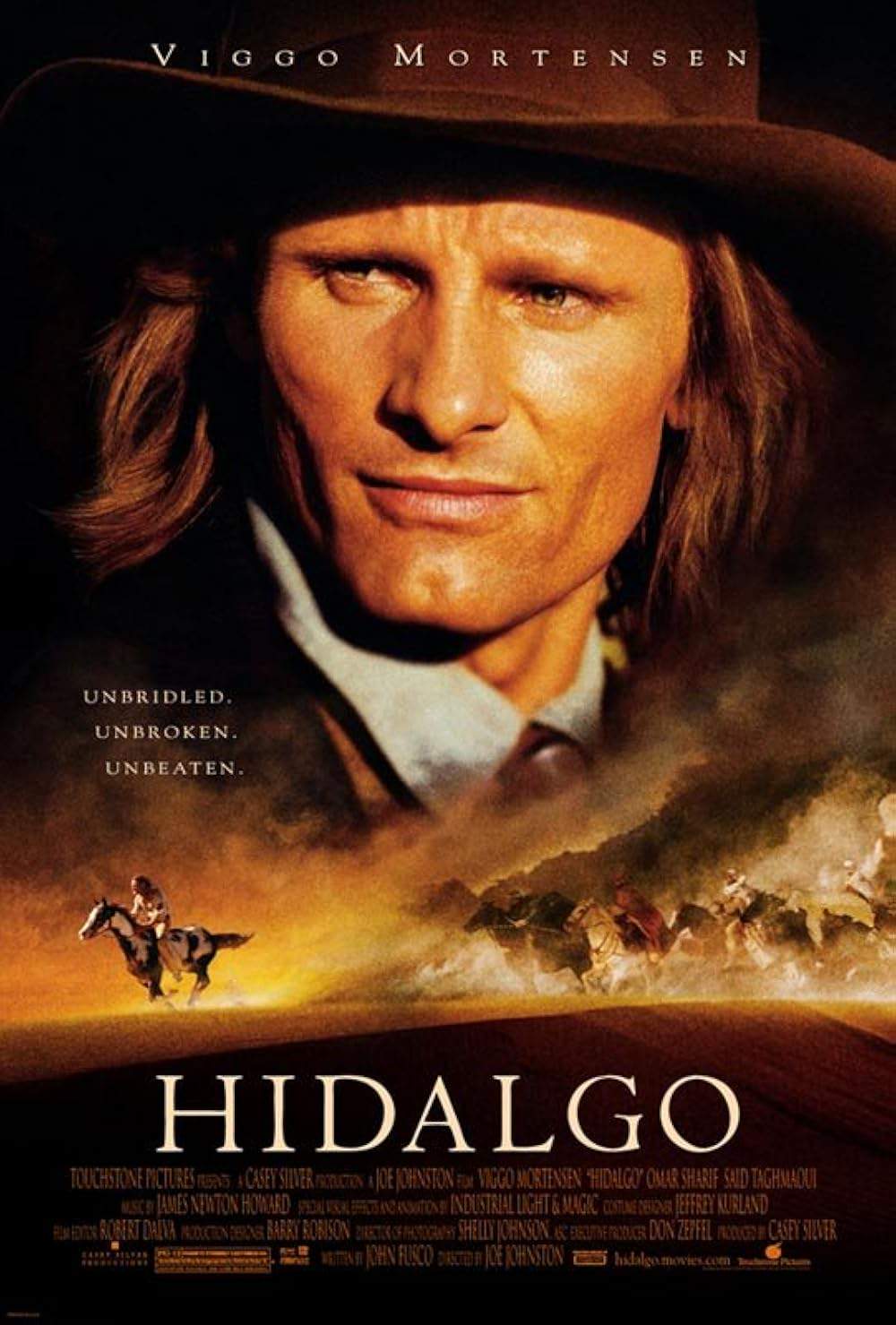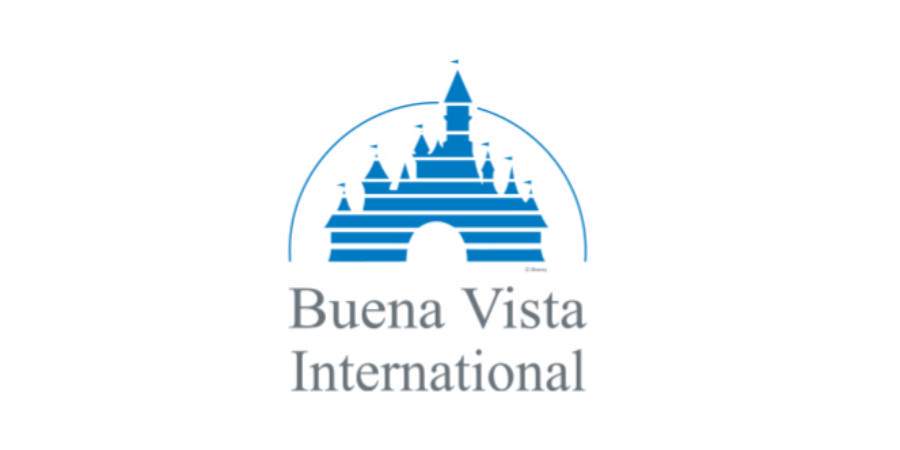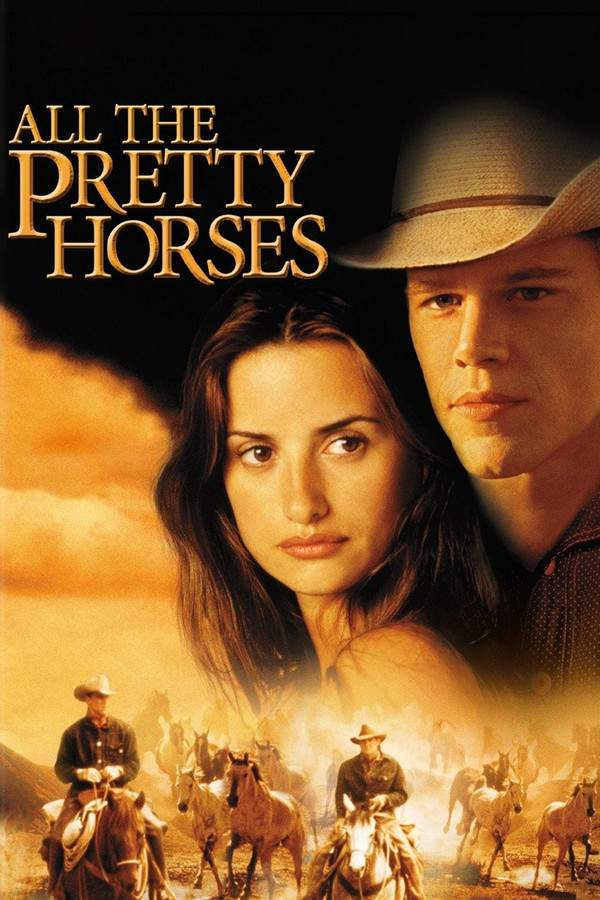Hidalgo 2004

While imprisoned, Father Miguel Hidalgo reflects on his past life as a priest in San Felipe Torres Mochas. These memories reveal a time of deep conviction and passionate beliefs, showcasing the events that shaped his future and ultimately led to his confinement. The recollections offer a glimpse into a bygone era and the experiences that defined him.
Does Hidalgo have end credit scenes?
No!
Hidalgo does not have end credit scenes. You can leave when the credits roll.
Meet the Full Cast and Actors of Hidalgo
Explore the complete cast of Hidalgo, including both lead and supporting actors. Learn who plays each character, discover their past roles and achievements, and find out what makes this ensemble cast stand out in the world of film and television.
External Links and Streaming Options
Discover where to watch Hidalgo online, including streaming platforms, rental options, and official sources. Compare reviews, ratings, and in-depth movie information across sites like IMDb, TMDb, Wikipedia or Rotten Tomatoes.
Ratings and Reviews for Hidalgo
See how Hidalgo is rated across major platforms like IMDb, Metacritic, and TMDb. Compare audience scores and critic reviews to understand where Hidalgo stands among top-rated movies in its genre.

54
Metascore
7.2
User Score

6.7 /10
IMDb Rating

69
%
User Score
Take the Ultimate Hidalgo Movie Quiz
Challenge your knowledge of Hidalgo with this fun and interactive movie quiz. Test yourself on key plot points, iconic characters, hidden details, and memorable moments to see how well you really know the film.
Hidalgo - The Ultimate Quiz: Test your knowledge on the thrilling journey of Frank Hopkins and his horse Hidalgo in this epic desert race.
Who plays the role of Frank Hopkins in Hidalgo?
Val Kilmer
Johnny Depp
Russell Crowe
Harrison Ford
Show hint
Full Plot Summary and Ending Explained for Hidalgo
Read the complete plot summary of Hidalgo, including all major events, twists, and the full ending explained in detail. Explore key characters, themes, hidden meanings, and everything you need to understand the story from beginning to end.
In the year 1890, Frank Hopkins, burdened with guilt, grapples with the consequences of delivering a message to the 7th Cavalry Regiment that led to the Wounded Knee Massacre, where the Lakota Sioux were brutally slain despite being under U.S. Army protection. Upon returning to camp, he found nothing but devastation from the tragic event.
While showcasing his skills as a stunt rider in Buffalo Bill’s Wild West show, Frank and his mustang, Hidalgo, receive acclaim as “the world’s greatest distance horse and rider.” However, not everyone shares this sentiment; fellow competitor Preston Webb (C. Thomas Howell) dismisses the prowess of Mustangs, labeling them unworthy compared to thoroughbreds.
Amidst this, Hopkins conveys a plea from Chief Eagle Horn (Floyd Red Crow Westerman), requesting assistance from Bill (J.K. Simmons) to help save the mustangs, who are slated for eradication by the government. Bill’s cold response, stating, “the mustangs have served their purpose,” resonates profoundly with Hopkins, highlighting the dire plight of the Lakota people and their cultural connection to these noble horses.
By 1891, an invitation from the affluent Sheikh Riyadh (Omar Sharif) arrives, urging Hopkins to participate in the “Ocean of Fire,” a perilous 3,000-mile survival race across the rugged Najd desert. This legendary race, reserved for elite Arabian horses, has spanned generations, with countless competitors falling victim to its challenges. The Sheikh insists that Hopkins and Hidalgo, undefeated in America, must prove their merit against the world’s finest endurance horses.
Despite the odds and disillusionment lingering from his heritage—being of mixed European American and Native American descent—Hopkins views the race as a vital opportunity for redemption, a chance to reclaim honor not just for himself but for the mustangs that symbolize his roots. As competitors conspire against him, including the affluent and vindictive Lady Anne Davenport (Louise Lombard), who harbors ambitions of bringing down Hopkins and claiming the Sheikh’s prized stallion, the stakes rise.
Throughout this arduous journey, threats emerge from both nature and human adversaries. Competitors like Katib, the Sheikh’s rebellious nephew, also present dire challenges as he vies for control over the Sheikh’s domain through duplicitous means. As Hopkins battles sandstorms and treacherous conditions, the profound connection to his heritage weighs heavily on him.
The race intensifies, where tragedies unfold, including the loss of riders and the devastating revelation of betrayal amidst the competition. When Jazira (Zuleikha Robinson), the Sheikh’s spirited daughter, enters the fray, her fortitude ignites hope. However, peril looms close, as Katib’s ruthless ambition threatens not only their lives but also the essence of their cultures.
In an unexpected turn, Hopkins pairs his physical prowess with a deep-rooted spiritual journey, seeking guidance from memories of his mother and the wisdom of Lakota elders. The climax unfolds as he races against time and obstacles, propelled by his desire to save the wild mustangs and embrace his identity.
With fierce determination, Hopkins transcends his adversaries in a dramatic finale, reclaiming his place among legends. The resolution leads him back to America, where he uses his prize money to liberate the mustangs, thus honoring the heritage which was once a source of his torment. The concluding moments reflect on his legacy of compassion for wild mustangs and his enduring bond with Hidalgo, culminating in a poignant return to nature where horses run free.
In the epilogue, it is told that Hopkins became a celebrated figure, winning countless races, while Hidalgo’s lineage continued to thrive in the wilds of Oklahoma, forever symbolizing the enduring spirit of freedom and resilience.
Uncover the Details: Timeline, Characters, Themes, and Beyond!

Coming soon on iOS and Android
The Plot Explained Mobile App
From blockbusters to hidden gems — dive into movie stories anytime, anywhere. Save your favorites, discover plots faster, and never miss a twist again.
Sign up to be the first to know when we launch. Your email stays private — always.
Watch Trailers, Clips & Behind-the-Scenes for Hidalgo
Watch official trailers, exclusive clips, cast interviews, and behind-the-scenes footage from Hidalgo. Dive deeper into the making of the film, its standout moments, and key production insights.
Hidalgo Themes and Keywords
Discover the central themes, ideas, and keywords that define the movie’s story, tone, and message. Analyze the film’s deeper meanings, genre influences, and recurring concepts.
Hidalgo Other Names and Titles
Explore the various alternative titles, translations, and other names used for Hidalgo across different regions and languages. Understand how the film is marketed and recognized worldwide.
Similar Movies To Hidalgo You Should Know About
Browse a curated list of movies similar in genre, tone, characters, or story structure. Discover new titles like the one you're watching, perfect for fans of related plots, vibes, or cinematic styles.
Quick Links: Summary, Cast, Ratings, More

What's After the Movie?
Not sure whether to stay after the credits? Find out!
Explore Our Movie Platform
New Movie Releases (2026)
Famous Movie Actors
Top Film Production Studios
Movie Plot Summaries & Endings
Major Movie Awards & Winners
Best Concert Films & Music Documentaries
Movie Collections and Curated Lists
© 2026 What's After the Movie. All rights reserved.



































